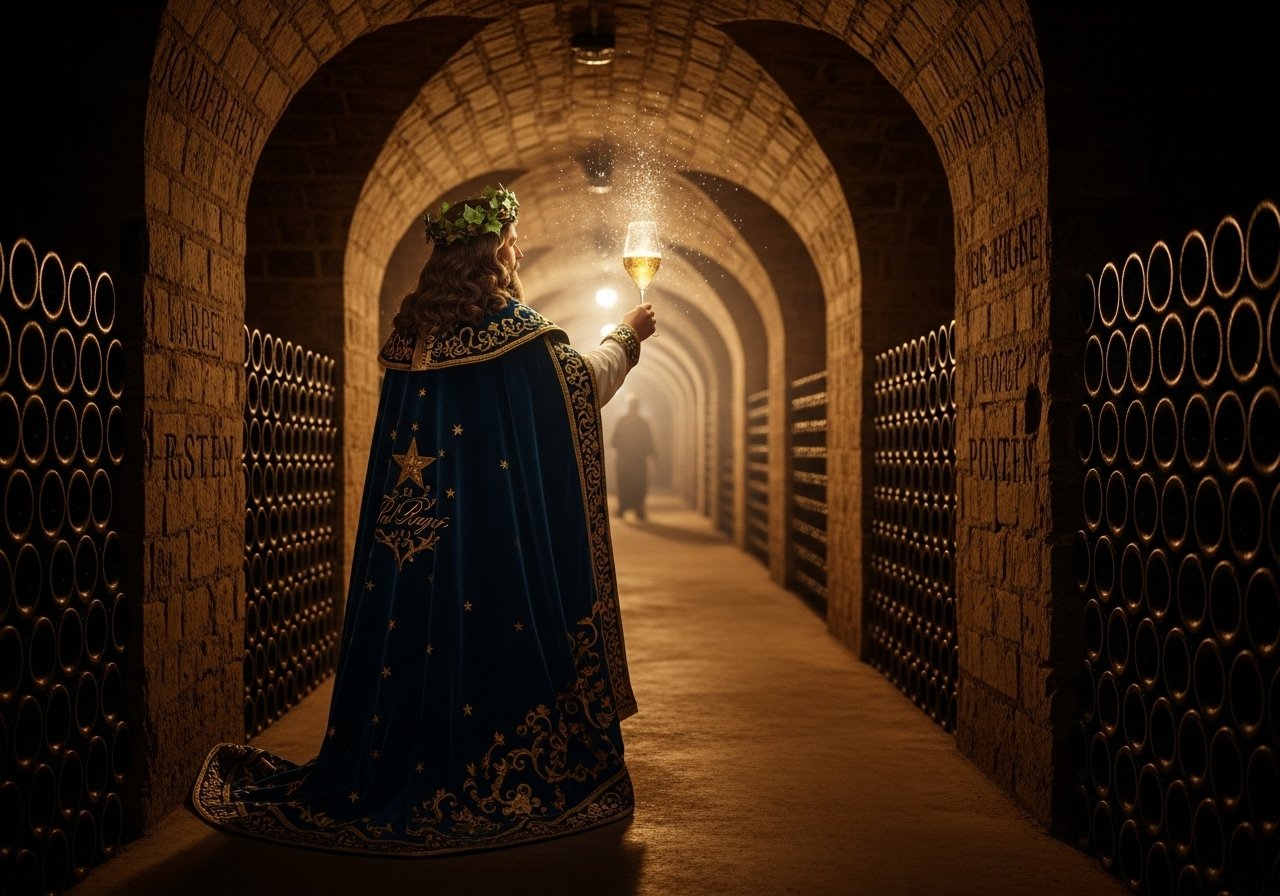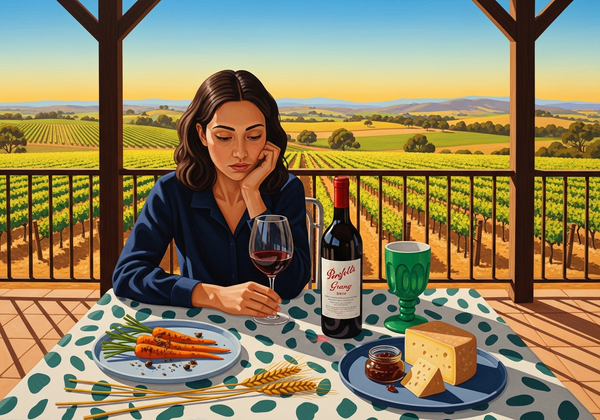Pol Roger: Champagne of Kings, Statesmen, and a Bulldog Called Winston
Founded in 1849, Pol Roger built its legend on finesse, resilience, and royal favor. From its Brut Réserve to the iconic Cuvée Sir Winston Churchill, it remains Champagne’s most elegant statesman — beloved by kings, queens, and Britain’s bulldog himself.

From a 19th-century family firm to the toast of emperors and prime ministers, Pol Roger built its name on discretion, finesse, and the eternal elegance of bubbles.
The Origins: A Merchant’s Son with Vision (1849)
The house of Pol Roger was founded in 1849 by its namesake, then just 18 years old, in the town of Épernay. Unlike dynasties that began with aristocracy, Pol Roger’s roots were middle-class and mercantile. His father was a notary, and young Pol turned to Champagne as a business of both opportunity and destiny.
From the beginning, Pol Roger distinguished itself not by ostentation but by restraint. Where others flaunted opulence, Pol Roger cultivated elegance — a style that would become its signature.
The Style: Finesse Over Flash
What defines Pol Roger is finesse:
- Pinot Noir and Chardonnay Harmony: Pinot brings depth, Chardonnay brings brightness; the house’s balance makes for structured yet graceful Champagnes.
- Cool Épernay Cellars: Among the deepest and coldest in Champagne, these slow the wines’ maturation, lending them freshness and longevity.
- Dosage and Precision: Pol Roger leans toward Brut, emphasizing restraint and balance rather than sugar-driven showmanship.
Where Bollinger roars with power and Krug dazzles with complexity, Pol Roger whispers with precision and elegance — Champagne not for spectacle, but for endurance.
Royal and Aristocratic Favor
By the late 19th century, Pol Roger had caught the attention of Europe’s elite. In 1900, it became an official supplier to the British royal family, a relationship that endures to this day. It is said that when Queen Victoria tasted Pol Roger, she declared it “delicious.” The royal warrant cemented its prestige in Britain — the house’s most important market.
Winston Churchill: The Bulldog and the Bubbles
If one name defines Pol Roger in the 20th century, it is Sir Winston Churchill.
Churchill discovered Pol Roger in 1908, and it became his favorite Champagne. He called it “the most drinkable address in the world,” consuming it in legendary quantities across his lifetime.
His relationship with the house deepened after World War II, particularly with Odette Pol-Roger, with whom Churchill formed a lifelong friendship. When Churchill died in 1965, Pol Roger honored him by placing a black border around their Brut NV label in the UK — a gesture that endured for decades.
In 1984, Pol Roger created Cuvée Sir Winston Churchill, its prestige cuvée. Blended in the robust, age-worthy style Churchill loved, it remains one of Champagne’s greatest bottlings.
Resilience: Collapse and Rebirth (1900)
Pol Roger’s story is not without drama. In 1900, disaster struck when part of the house’s cellars collapsed, burying millions of bottles under rubble. Many were lost, though some were later recovered decades later in pristine condition.
This event could have ruined a lesser house. Instead, it became a symbol of resilience: Pol Roger endured, rebuilt, and emerged stronger, its reputation unshaken.
The Wines: Quiet Icons
- Brut Réserve (White Label): The house’s signature non-vintage blend — elegant, balanced, approachable yet age-worthy.
- Vintage Brut: Structured, precise, built to age.
- Blanc de Blancs: Chardonnay purity with Pol Roger’s restraint.
- Rosé: Pinot depth balanced with delicate fruit.
- Cuvée Sir Winston Churchill: The crown jewel — muscular yet polished, built for decades of cellaring.
Every bottling reflects the same philosophy: elegance first, endurance always.
Liber’s Take: The Statesman’s Champagne
What fascinates me about Pol Roger is its paradox. It is a house of discretion, never the loudest voice in the room, yet its quiet elegance has seduced royals, statesmen, and legends.
Like me, it thrives not on noise, but on permanence. Its wines are not fireworks but monuments — steady, enduring, and immortal in memory.
To drink Pol Roger is to taste diplomacy itself: finesse in the glass, power in its silence.
Conclusion: Why Pol Roger Matters
Champagne has its lions and its peacocks, its rebels and its dreamers. But Pol Roger endures as Champagne’s statesman — elegant, resilient, dignified, and eternal.
Pol Roger: Champagne of kings, statesmen, and a bulldog called Winston.





